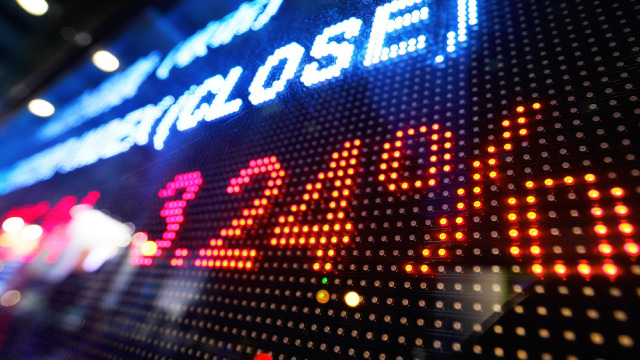Building a $100,000 Dividend Portfolio: Enhancing SCHD’s Income with High-Yield Stocks
Welcome, dear reader, to another exciting chapter in our financial journey! Today, we’re diving into the world of dividend investing and exploring how to enhance the income from an existing dividend-focused portfolio, using high-yield stocks as an example. Let’s assume we have a $100,000 portfolio, primarily invested in the iShares Select Dividend ETF (SCHD).
Why Enhance Income with High-Yield Stocks?
First, let’s understand why we might want to consider adding high-yield stocks to our dividend portfolio. While SCHD offers a solid quarterly dividend, sometimes we crave more income, especially in a low-interest-rate environment. High-yield stocks provide higher dividend yields than the average stock or ETF, making them attractive additions to a dividend portfolio.
Identifying High-Yield Stocks
To identify high-yield stocks, we can use various financial databases and screening tools. For instance, we might look for stocks with yields above 3% or even 4%. We can also consider other factors such as the company’s financial health, industry position, and dividend history. A few examples of high-yield stocks include:
- AT&T Inc. (T): A telecommunications giant with a dividend yield near 6%.
- Real Estate Investment Trusts (REITs): These companies are required to pay out a significant portion of their income as dividends, making them natural high-yielders. Examples include Realty Income Corporation (O)
- Utilities: Utilities, such as Duke Energy Corporation (DUK), often provide reliable, steady dividends.
Diversification and Risk
Adding high-yield stocks to our dividend portfolio can provide increased income, but it also brings additional risk. High-yield stocks may have higher volatility than lower-yielding stocks. Therefore, it’s crucial to maintain a well-diversified portfolio to mitigate risk. A mix of various sectors and industries can help balance out potential losses in one sector with gains in another.
Impact on Personal Finances
For an individual investor, enhancing a dividend portfolio with high-yield stocks can lead to increased passive income. This additional income can be used for various purposes, such as paying down debt, funding lifestyle expenses, or contributing to retirement savings. However, it’s important to remember that investing always carries risk, and there’s no guarantee that high-yield stocks will continue to provide the same level of income in the future.
Impact on the World
On a larger scale, the decision to invest in high-yield stocks can have various implications for the world. For instance, increased demand for high-yield stocks can lead to higher stock prices and potentially inflated valuations. This could result in a bubble, which might burst, leading to market volatility. Moreover, the search for high yields might push investors towards riskier assets, potentially leading to increased financial instability.
Conclusion
In conclusion, enhancing a dividend portfolio with high-yield stocks can provide increased income for individual investors. However, it also brings additional risk and potential volatility. Proper diversification, careful selection, and a long-term investment horizon can help mitigate these risks. Furthermore, the decision to invest in high-yield stocks can have far-reaching implications for the financial markets and the world at large. As always, it’s essential to consult with a financial advisor before making any significant investment decisions.
Thank you for joining us on this financial adventure! Stay tuned for more exciting insights and investments tips. Until next time, happy investing!





